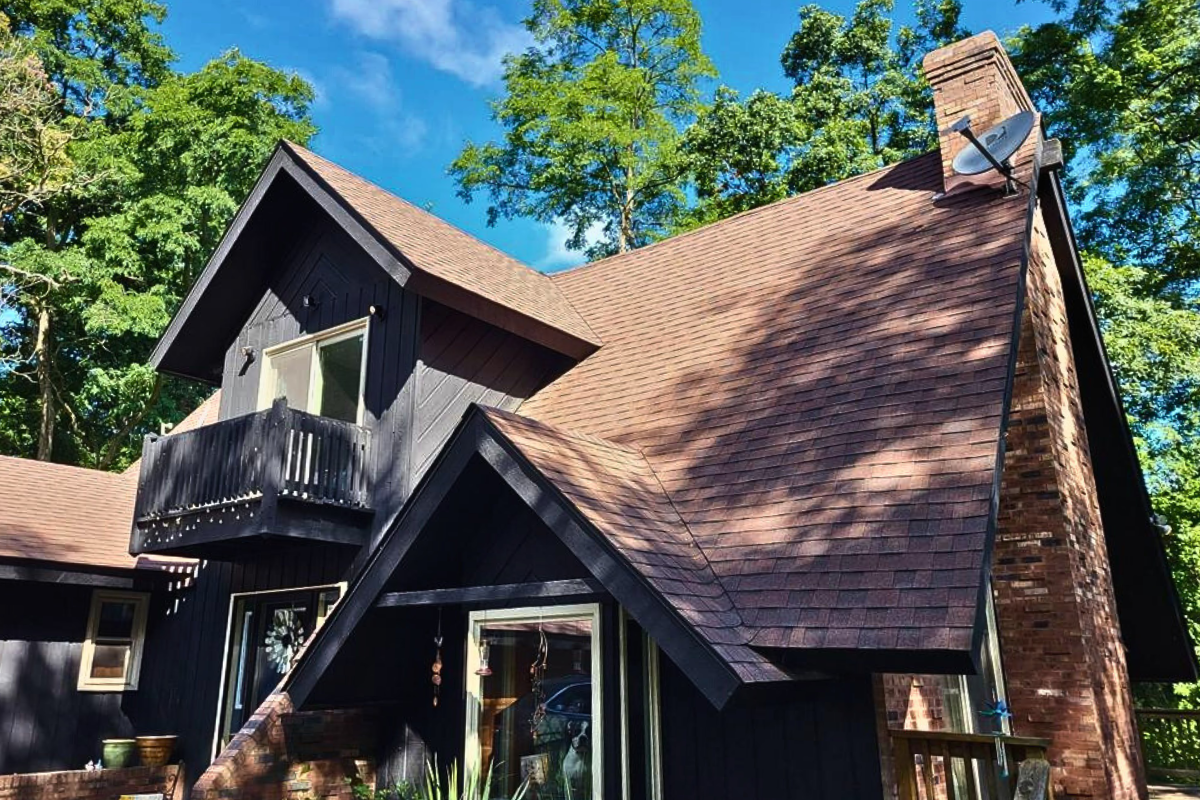
With the weather being so unpredictable these days and the climate always changing, it's getting harder and harder to keep our homes at the perfect temperature. That's why homeowners like us are looking for ways to save money on utility bills and help the environment by using energy more efficiently. This drive to save energy has led to a growing trend of investing in appliances and technologies designed to manage home energy consumption better.
Surprisingly, one of the most significant contributors to home energy efficiency has been right above our heads all along, often overlooked. Our roof, a fundamental component of our homes, possesses the potential to play a pivotal role in managing energy efficiency, and here are several important insights about your roof that can empower you to control energy efficiency within your home effectively.
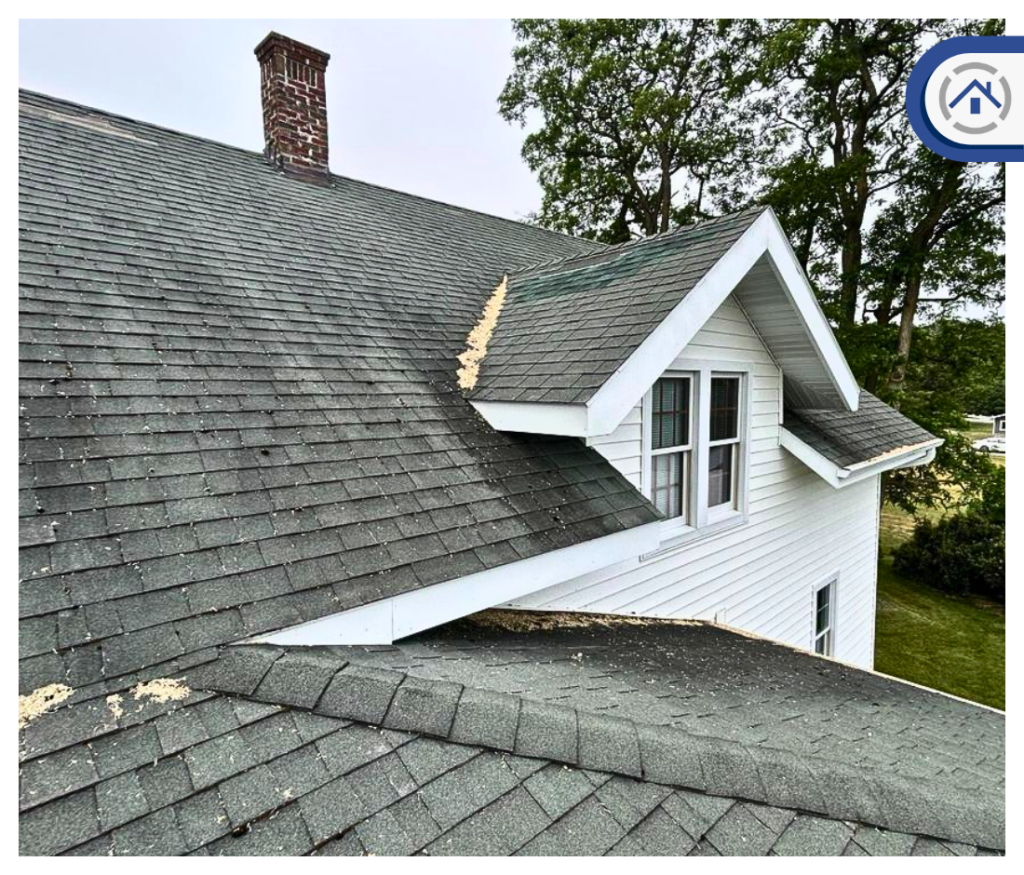
Asphalt shingle roofs, though a common roofing material and can be seen almost everywhere, are generally considered less energy-efficient due to the following reasons:
Here are some of the reasons why metal roofs are considered energy efficient:
Clay and concrete tile roofs are also considered energy-efficient for several reasons:
Slate roofs are also known to be energy-efficient due to the following reasons:
Solar panels generate clean and renewable energy from the sun. Electricity can be generated on-site, eliminating the need to purchase from the grid and resulting in lower bills for both homeowners and businesses.
Here are some of the reasons why green roofs are a good energy-efficient option for your home:
Here are some of the main reasons why cool roofs are considered energy-efficient:
Additional aspects related to roofing can exert a substantial influence on your overall home energy efficiency. These factors are important and should be considered as they can either contribute to a well-insulated and energy-efficient living space for you or lead to increased energy consumption and discomfort.
The color of roofing materials can affect cooling costs. Light-colored roofs such as white, light gray, and light tan reflect more sunlight and heat, reducing cooling demands or reducing surface temperatures by up to 30%. On the other hand, dark-colored roofs such as black, dark gray, and dark brown may absorb more heat, potentially increasing cooling costs.
Adequate roof insulation is crucial for maintaining your home’s indoor comfort and energy efficiency. Proper insulation prevents heat from escaping during the winter and helps keep the interior cooler in the summer.
Proper roof ventilation allows hot air to escape from your attic or roof space, reducing heat buildup. Adequate ventilation can help control your home’s indoor temperatures, preventing excessive heat in the summer and ice dam formation in the winter.
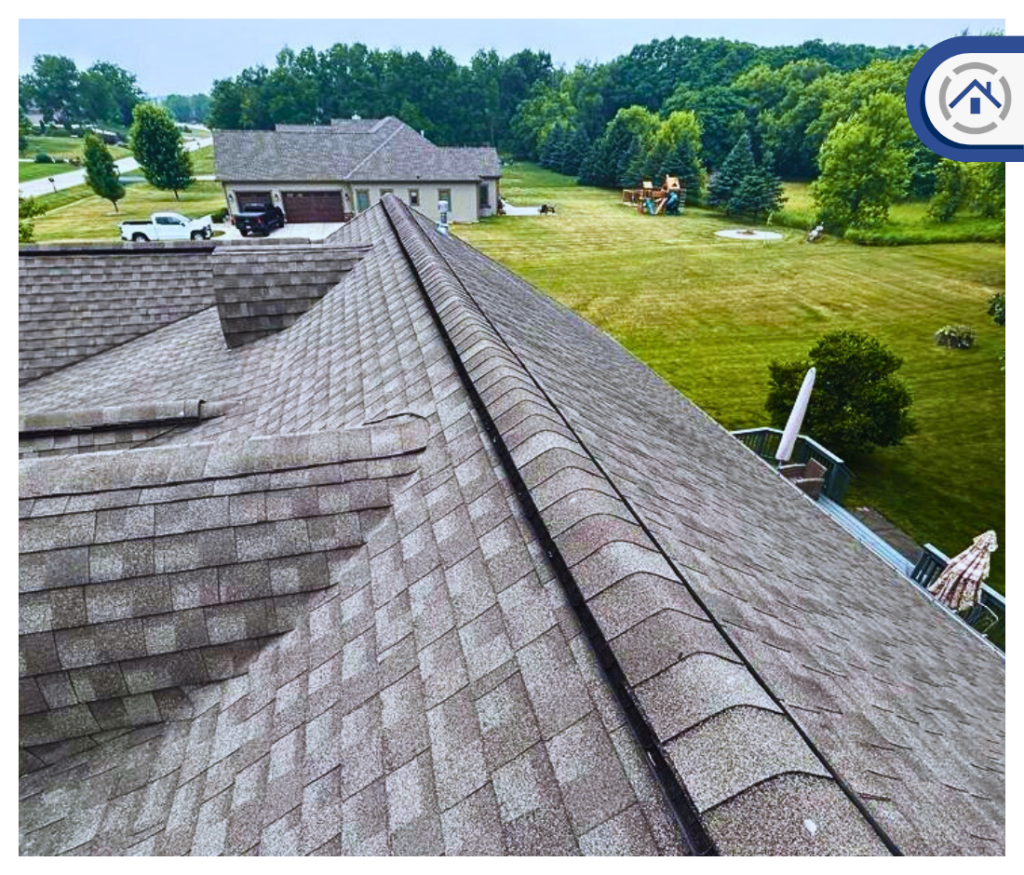
Your home energy efficiency can be affected by the slope and orientation of your roof. Roofs that face south are optimal for solar panel installations as they ensure maximum solar energy generation. The angle of the roof can also have an impact on the effectiveness of solar panel systems.
Properly sealing and weatherproofing your roof penetrations, such as vents, chimneys, and skylights, is vital. This is a critical measure in preventing both air leaks and moisture infiltration, as these problems can lead to energy inefficiency and potential damage to your home’s structure.
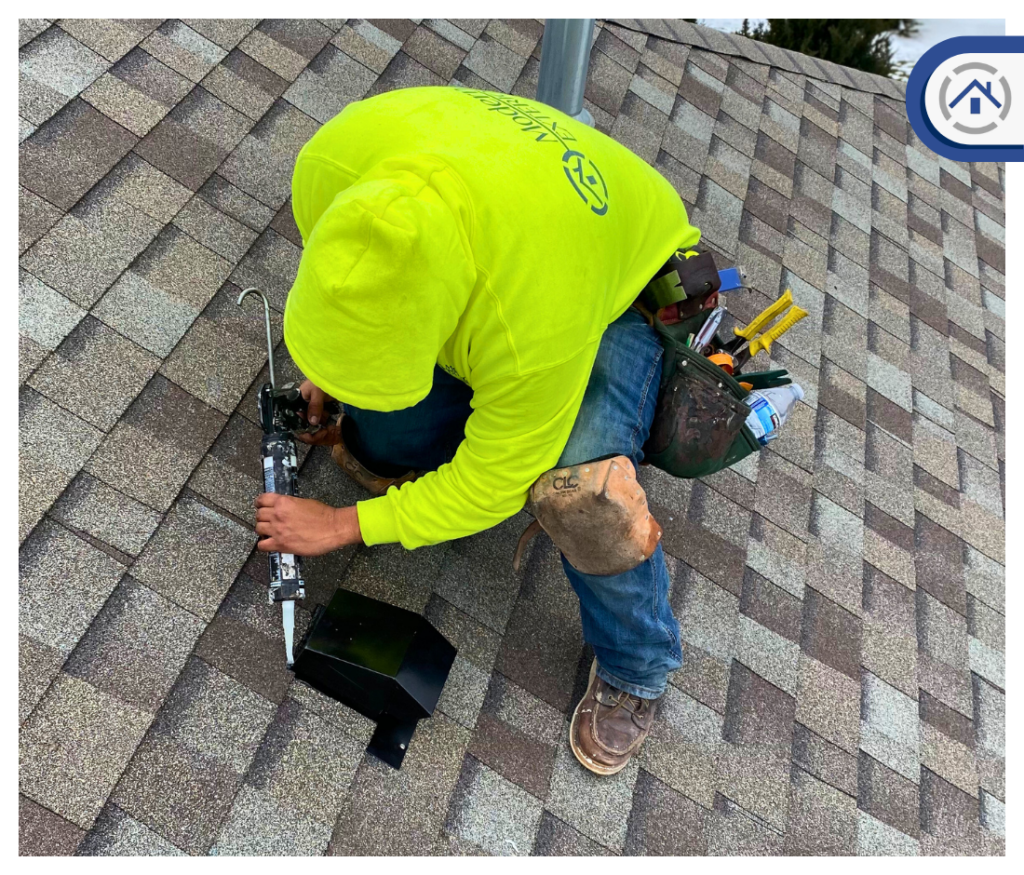
The quality of your roofing materials and installation workmanship can impact energy efficiency. A high-quality, well-installed roofing system is less likely to develop leaks, which can cause insulation degradation and increased energy use.
Roof overhangs and shading elements like trees or awnings can reduce heat gain and cooling needs by blocking direct sunlight from hitting the roof in the summer.
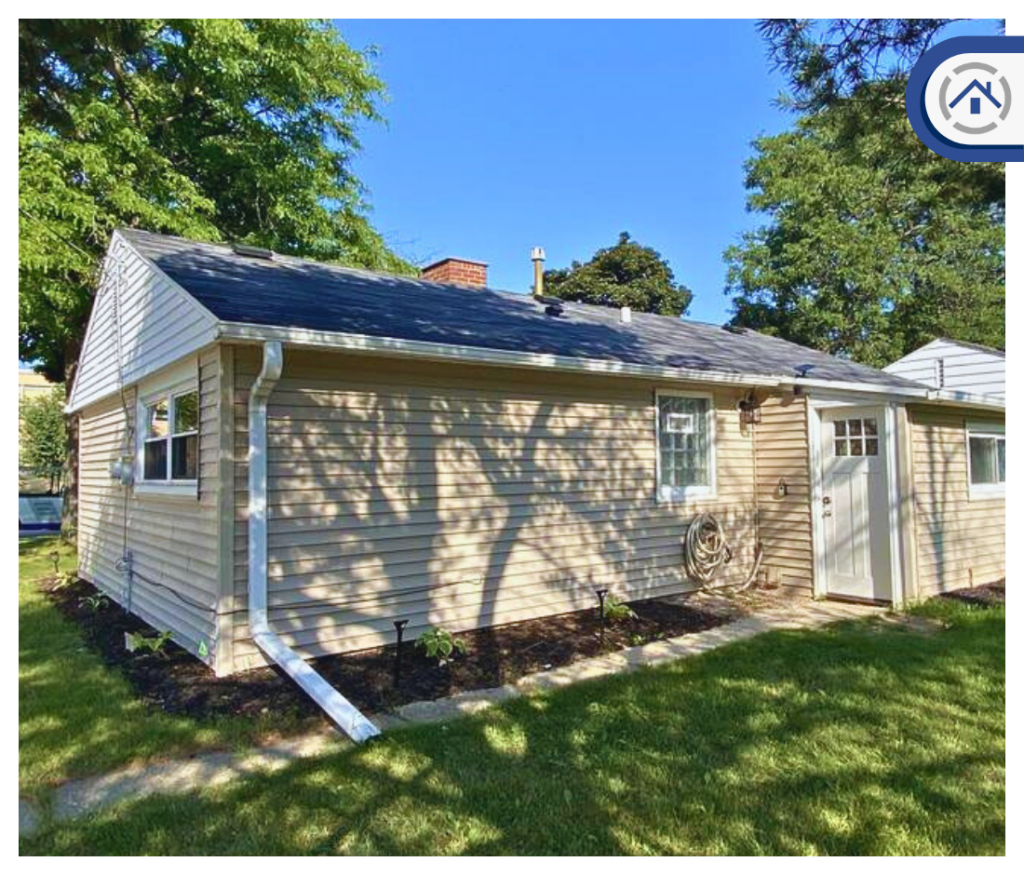
The design of your roof can impact its interaction with the environment. A well-designed roof can reduce the need for artificial lighting and mechanical ventilation by optimizing natural ventilation and daylighting.
Roof inspections play a vital role in identifying and addressing any potential water intrusion points in your home. These points may include damaged or missing shingles, cracked flashing, or deteriorating sealant around roof penetrations. By promptly fixing these issues, you can prevent water from entering your home, as this can cause insulation degradation and increased heating and cooling costs.
Furthermore, regular maintenance that addresses gaps, cracks, or holes in the roof structure can prevent air leaks. Such leaks can significantly impact energy efficiency as they allow conditioned air to escape and outdoor air to enter your home. Ensuring that your roof is sealed and well-maintained, a consistent indoor temperature can be maintained, thereby reducing the workload on your heating and cooling systems.
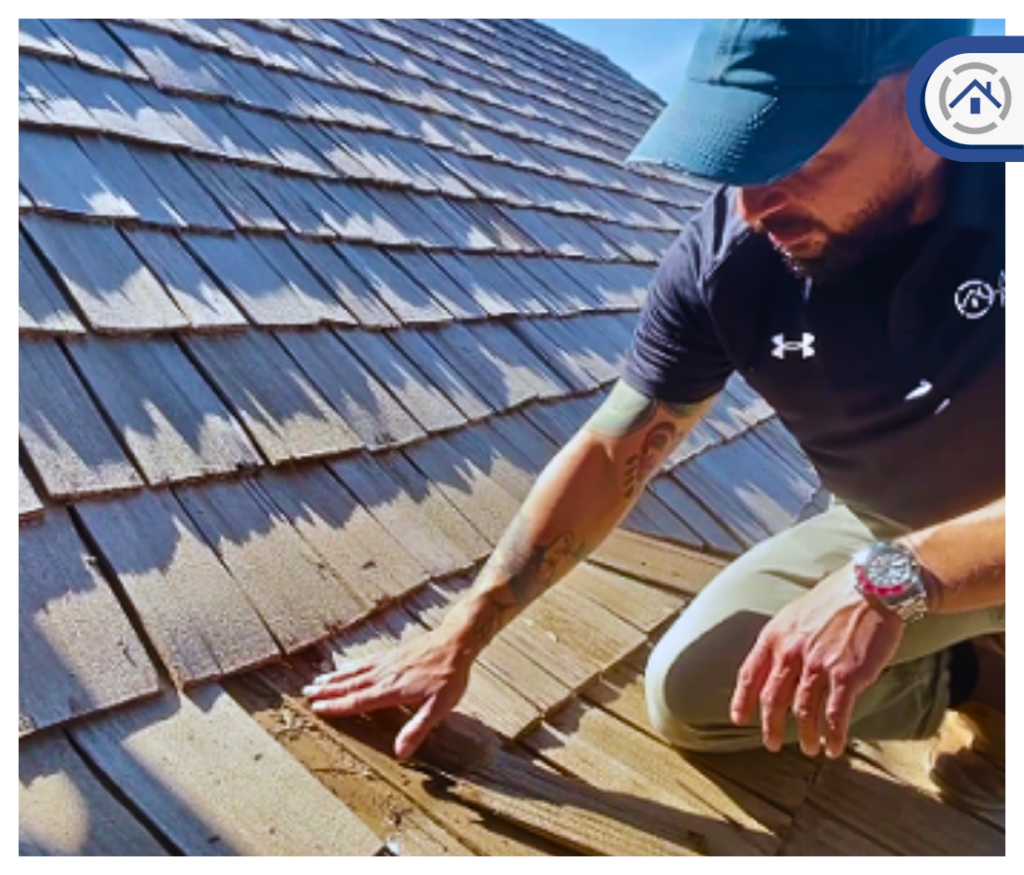
The role of the roof in home energy efficiency is undeniably significant. A well-planned, well-designed, properly maintained roof can serve as a vital barrier against energy loss, air leaks, and moisture intrusion. By choosing energy-efficient roofing materials, ensuring adequate insulation and ventilation, and consulting the experts for regular inspections and maintenance, homeowners can create a more comfortable and sustainable living environment while reducing energy consumption and costs.
Your roof is not just a protective covering; it is a key contributor to the overall energy efficiency and performance of your home, making informed decisions about roofing a critical step toward enhancing both comfort and environmental sustainability.